Beni Ourain carpets
Beni Ourain Rugs
Here you'll find everything you need to know about these beloved rugs in our shop, from their origins to what makes our pieces truly special.
Origin & Name: The Story Behind the Original Berber Rugs
Let’s begin with a bit of background, if you'd rather jump straight into what makes our Beni Ourain rugs unique, feel free to scroll ahead!
Beni Ourain rugs are named after a Berber tribe from the northeastern Atlas Mountains of Morocco, the Beni Ourain. The tribe has traditionally lived in the Middle to High Atlas region.
“Beni” means “the children of” in Arabic, and “Ourain” is the name of the tribe - originally a family name passed down through generations.
Beni Ourain Rugs – Tradition, Craft, and Character
Beni Ourain rugs are made from pure sheep’s wool — sourced from grazing and highland sheep in Morocco. As a natural material, the color of the wool varies slightly, giving each rug a unique shade that ranges from warm beige to ivory white. A true Beni Ourain rug is crafted to last for many, many years. Over time, the wool pile naturally settles and compresses with use, giving the rug a lived-in beauty. The classic geometric and diamond patterns are typically woven using black or brown wool (often from the head or neck area of the sheep), though dyed wool is also used in many designs.
The Social Impact: Why Choose Traditionally Made Berber Rugs?
A case for tradition - and what makes Touda rugs so special.
At Touda, we are committed to preserving the traditional methods of Beni Ourain rug making. These rugs are still handwoven and knotted by Berber women in the Middle Atlas, often on self-built looms in their homes, combining both techniques in a single rug. Through close, respectful collaboration and above-average compensation, we’ve been able to grow our network of women artisans.
Some of our rugs also come from a small cooperative in the same region, a collective of Berber women working together. Importantly, the women set the prices themselves, ensuring they are fairly paid for their work. In both cases, this allows us to guarantee a just and transparent process.
This stands in stark contrast to rugs made in large factories or by middlemen, where mass production often leads to underpayment and the use of lower-quality wool. While these rugs may mimic the look, they lack the soul and integrity of a truly traditional piece.
It's important not to mistake the organic imperfections of a Beni Ourain, irregular lines, hand-drawn-looking patterns, or slightly uneven edges - as flaws. These are clear signs of authenticity and evidence of their handmade nature, whether made at home or in a small cooperative.
Together with their durability and artistry, these qualities have made Beni Ourain rugs a beloved and timeless design classic.
Here’s an insightful article from Süddeutsche Zeitung on the subject.
The Patterns
The signature patterns of Beni Ourain rugs have been passed down through generations, from family to family, loom to loom. Each design is deeply rooted in the local culture of the tribe it comes from, reflecting its traditions, stories, and surroundings.
At times, you’ll even find ancient Berber symbols woven into the rugs - subtle references to heritage and identity.
More recent Beni Ourain designs tend to be minimal and graphic: diamonds, zigzags, simple lines. Older rugs, however, often feature more intricate patterns, sometimes even including the year and place of creation woven directly into the design.
These details aren’t just decorative, they carry meaning, memory, and the quiet legacy of the women who created them.
The Traditional Weaving Process – The Loom
In traditional rug-making, the loom is almost always hand-built, often using collected wood or timber repurposed from barns and stables. It’s not uncommon for a loom to be passed down through generations - a treasured family tool with its own history. Building a loom is typically a communal effort, involving the entire family.
For larger rugs, we’ve commissioned a custom-made, heavy wooden crossbeam that families can use to support more complex pieces.
In some cooperatives, you may also find metal looms — a more modern addition that makes it easier to weave especially large rugs, while still honoring the traditional techniques.
The Wool
The production of a traditional Beni Ourain rug begins long before the weaving itself, it starts with the hand-shearing of the wool. Often, the wool comes directly from the family’s own sheep. When that’s not enough, additional wool may be sourced from local markets, but it’s always live-sheared wool, meaning no sheep is harmed and the protective outer layer of the fleece remains intact, a mark of quality and respect for the animal.
The raw wool is first cleaned by hand, then washed multiple times, often in mountain streams or local wells. After drying under the open sky, it is carefully combed. Once fully dry, the wool is spun into strong yarn, perfect for the knotting process. This step often takes place in the company of family, whether on warm summer evenings or by the fire during cold winter nights. Most of the time, single-ply yarn is used, but occasionally you’ll find twisted two-ply wool as well.
By this time, the loom is already prepared, and the warp beam has been strung with a stronger wool yarn to support the weaving.
Woven and Knotted
The Berber women now start to weave and knot - both techniques are used in crafting a Beni Ourain rug. Often, several women from the family (and even neighbors) work on a single piece, chatting, telling stories, and sharing village news as they go.


The rug is made row by row: several rows are woven, followed by one knotted row. Throughout the process, a tool called a Taska, a heavy comb, is used to beat and compress the weave, ensuring an exceptionally dense and durable texture. You can clearly see this quality by examining the back side of the finished rug.
As the rug progresses, it is gradually rolled up from below, allowing the weaver to always work at an ideal height. Once the desired length is reached, the rug is carefully removed from the loom and finished by hand.
The fringes you see are typically added only on one end of the rug, as is customary in traditional production. Although rare, some Beni Ourain rugs feature fringes on both sides.
The Finishing Touch
Fine craftsmanship requires two essential ingredients: skill and time - both of which are at the heart of traditional rug-making.
Once a rug is complete, it is taken to a nearby mountain stream or local washing area for an initial cleansing. This step removes dust and natural debris but also helps to soften the wool, enhancing the rug’s texture. With every wash, the wool becomes smoother and more supple. Any excess fibers are also released in the process.
At Touda, each rug is typically washed once or twice before it is ever offered for sale, a mark of care and attention to detail.
After washing, the rug is laid out to dry in the fresh mountain air and sunlight. This ensures thorough drying and helps to prevent yellowing. During this time, the rug is also gently shaped by hand if needed, ensuring it lays beautifully in your home.


Key Characteristics
What sets a truly good Berber rug apart are its natural resistance to dirt and its self-cleaning abilities, especially when aired out regularly and exposed to fresh air and sunlight.
At Touda, our rugs are never treated with harsh chemicals or synthetic agents. Instead, we rely on traditional methods — using nothing more than pure, old-fashioned soap. This is another hallmark of authentic craftsmanship.
Sheep’s wool itself offers remarkable properties:
– It is elastic, antibacterial, and antifungal.
– It’s thermoregulating, meaning it keeps warmth in during winter and breathes well in summer, making it a perfect year-round companion in your living space.
– As a renewable raw material, wool is both environmentally friendly and sustainable.
The sheep in the Atlas Mountains still roam freely and graze naturally, often guided by nomadic shepherds. This is why all the wool used in our rugs comes directly from our artisans’ own flocks or from local herders they trust.
This is how a unique and long-lasting Berber rug is made - timeless in design and easy to pair with nearly any interior style. A piece meant to be passed down from one generation to the next.
We’re happy to help you find the perfect match for your space and offer personalized guidance when it comes to choosing the right rug.
Tip: In-depth advice via email or phone is always part of the experience.
Just reach out, we’re here for you!
📧 info@touda.de

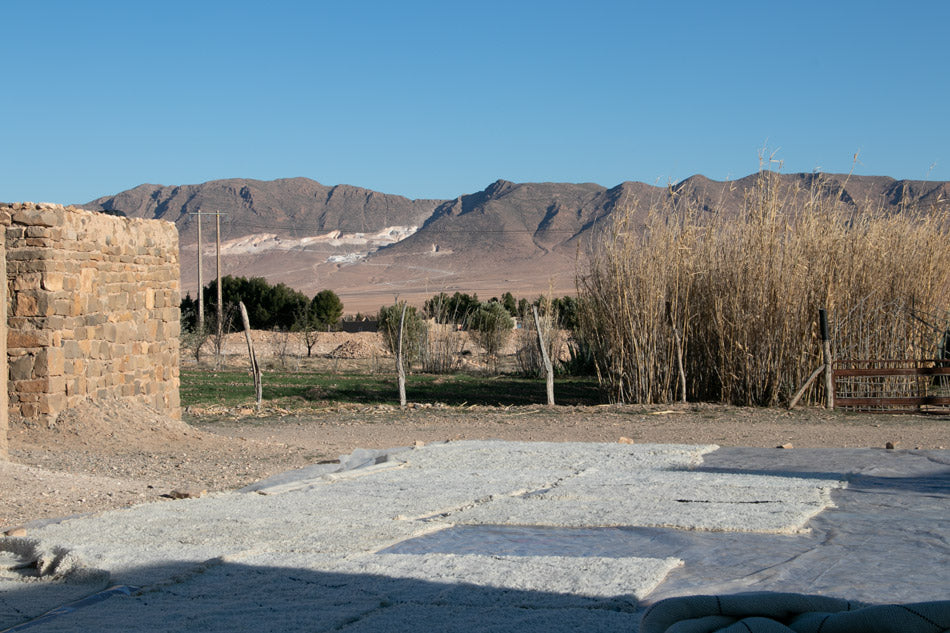
Enter customer opinion:
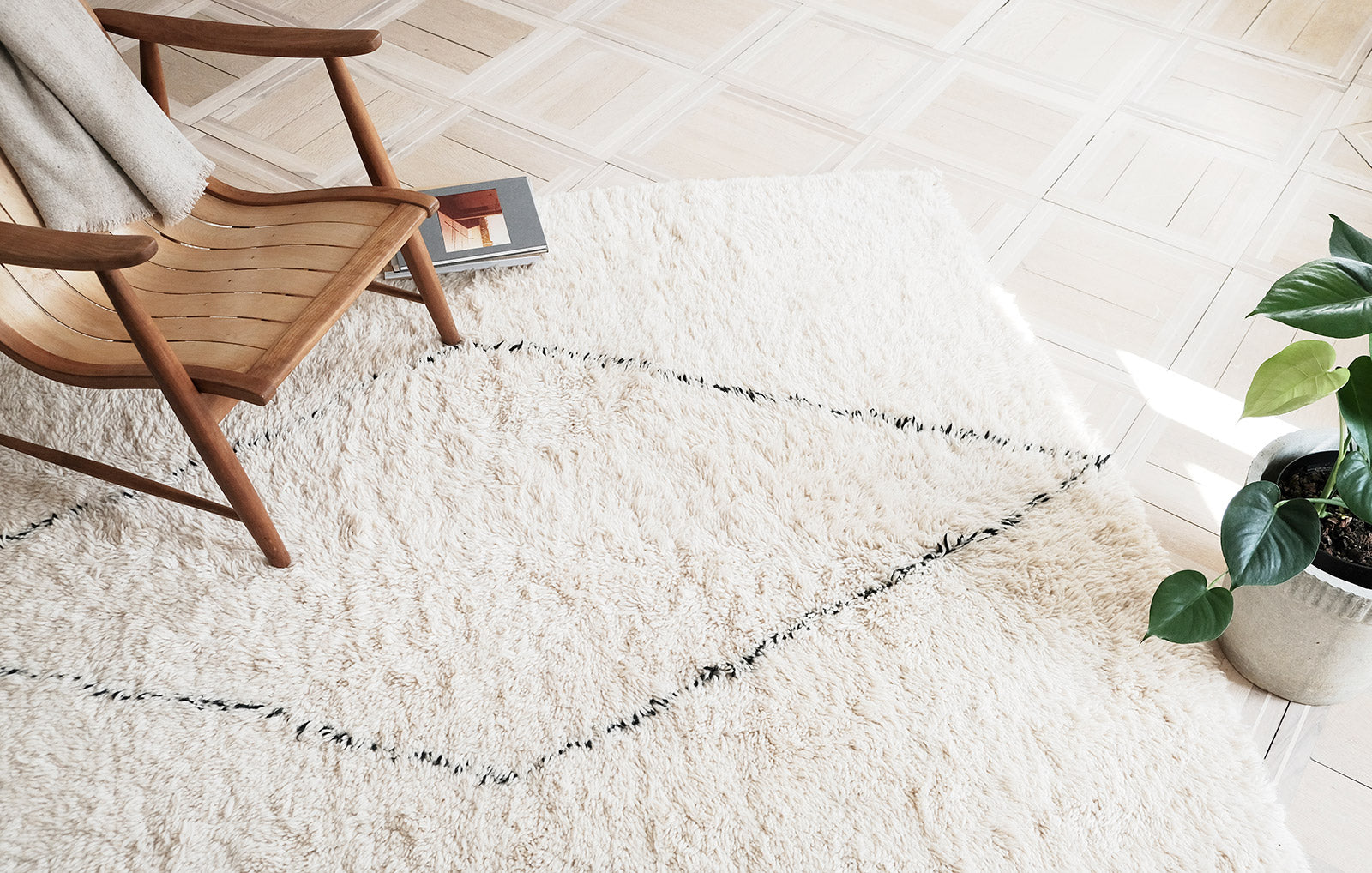
Customer opinions
Since 2010, we’ve been doing what we love and sharing it with people who appreciate the handmade.Your honest feedback means the world to us – always feel free to reach out.
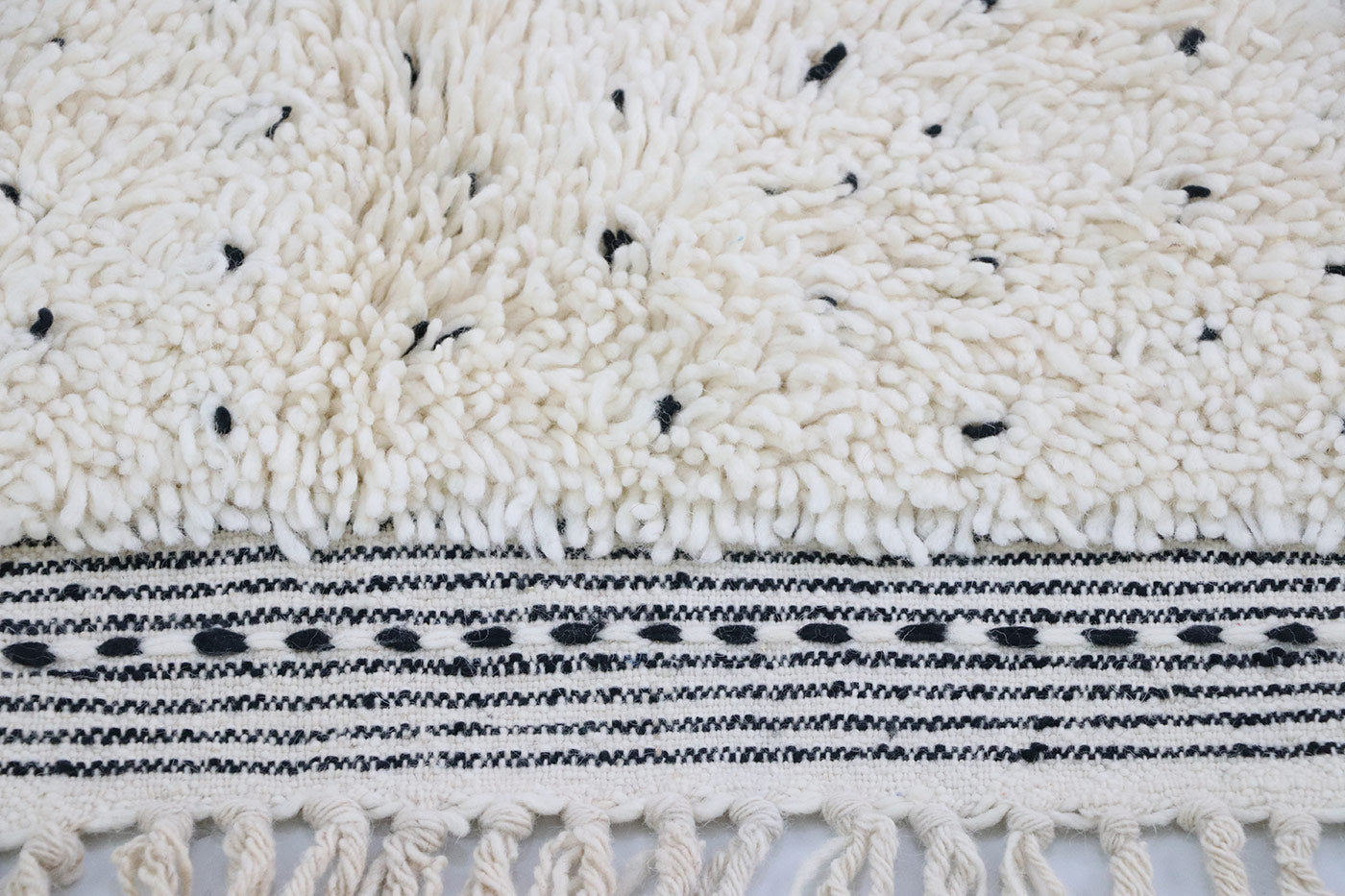
Beni Ourain
The Beni Ourain is more than a rug, it’s a tradition woven deep in the Middle Atlas Mountains of Morocco.
Each piece is made from pure wool, lovingly handcrafted by Berber families in time-honored ways.
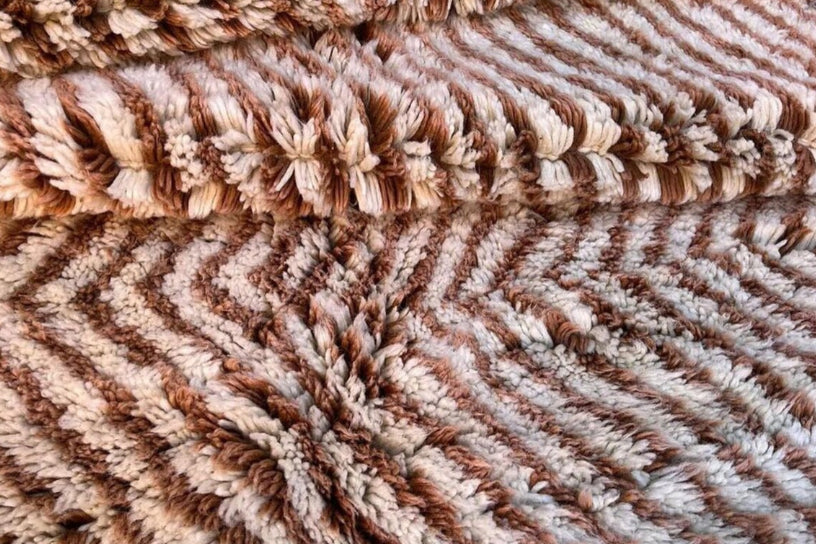
Beni Mrirt
The Beni Mrirt is a refined Berber rug from the Mrirt-Khenifra region, hand-knotted with premium wool.
Each piece is crafted in small cooperatives, where the tradition lives on with care and skill.
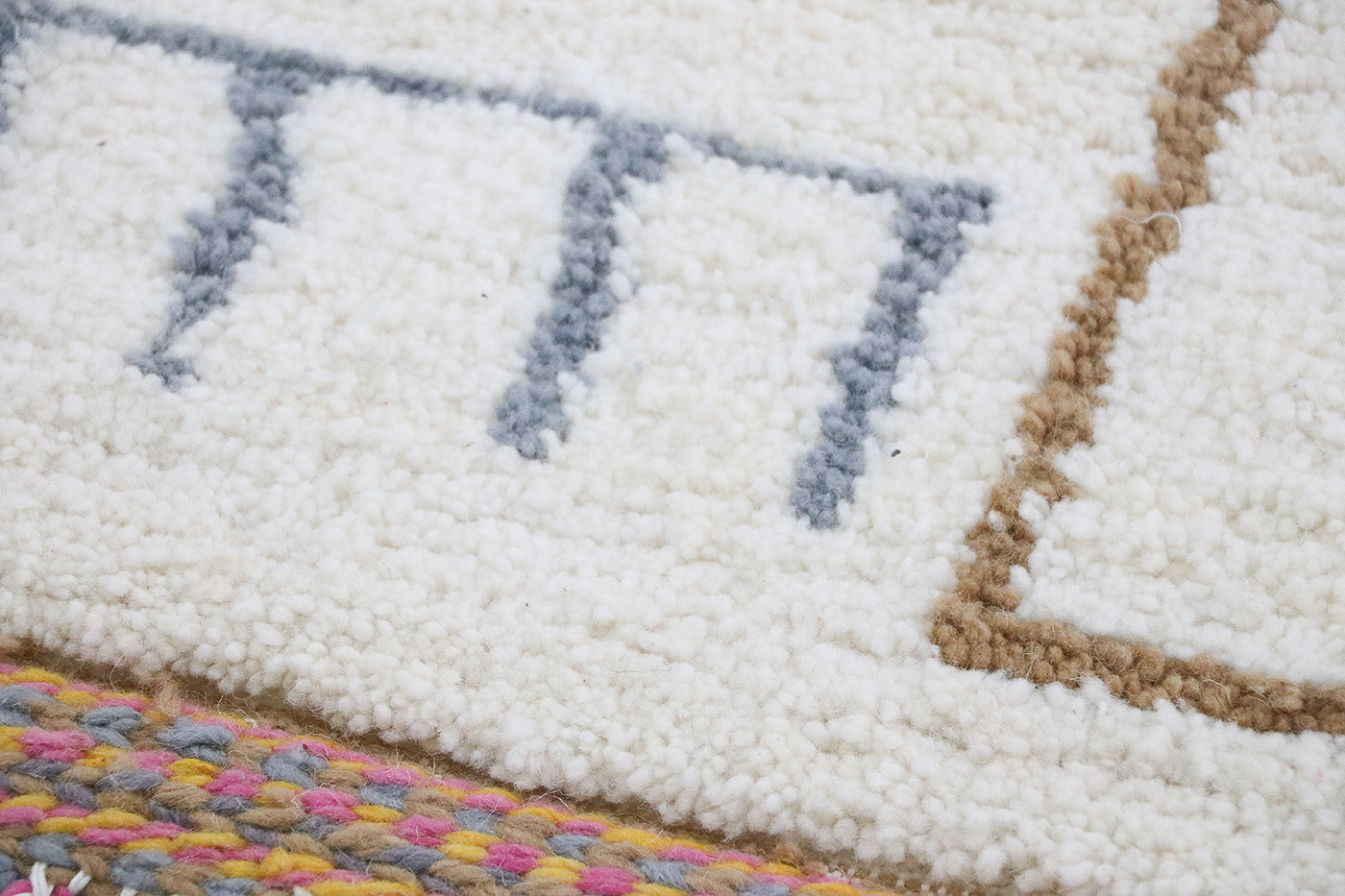
Azilal
The Azilal rug comes from the Tadla-Azilal region, where the High Atlas meets the open plains of Morocco.
It’s handwoven with a simple knot and a distinct short pile, full of character and colors.
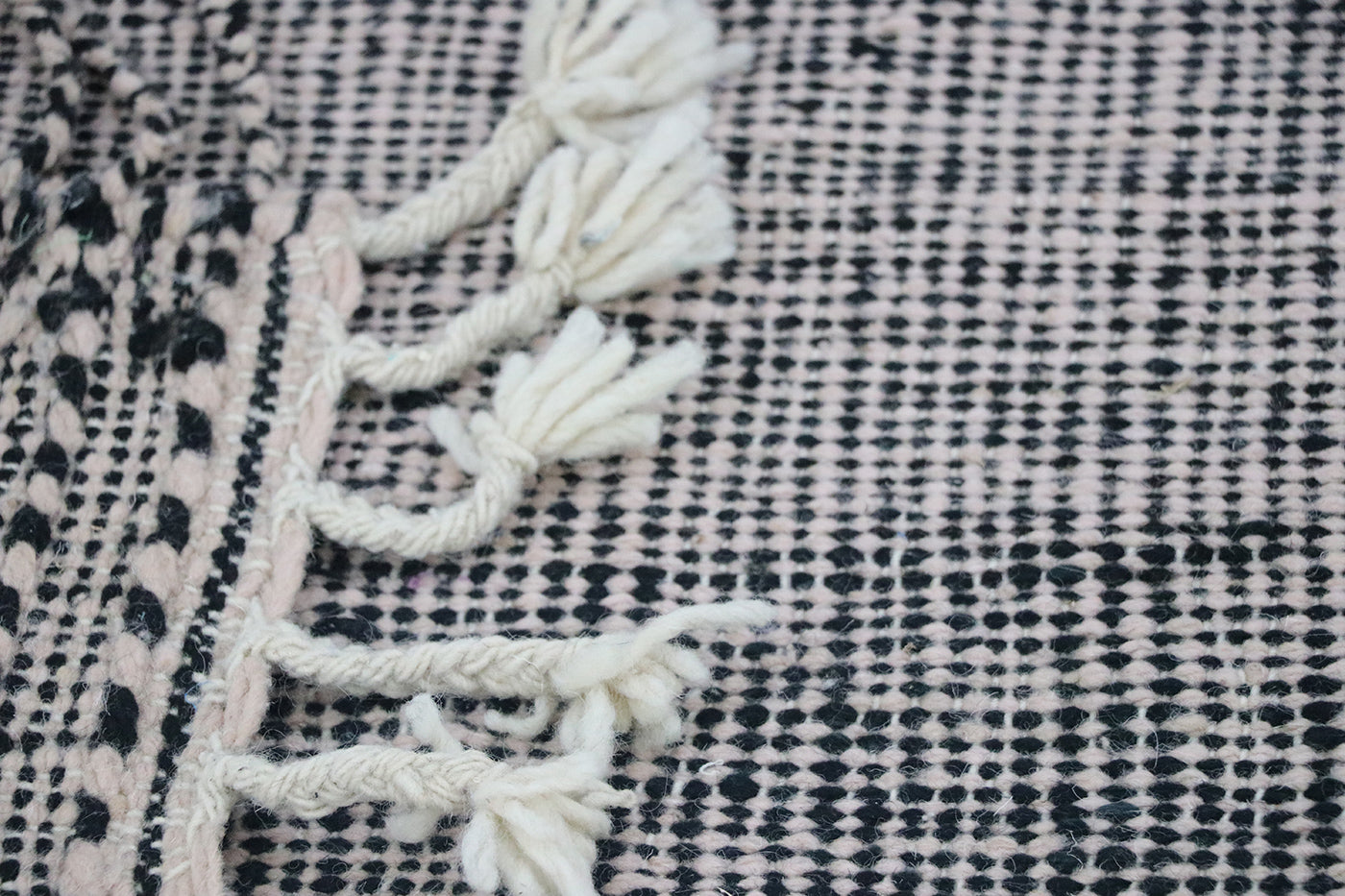
Kilim
The art of weaving, especially Kilim rug weaving, is still widely practiced throughout Morocco.
Unlike knotted rugs, Kilims are flat-woven and known for their wide variety of traditional patterns





